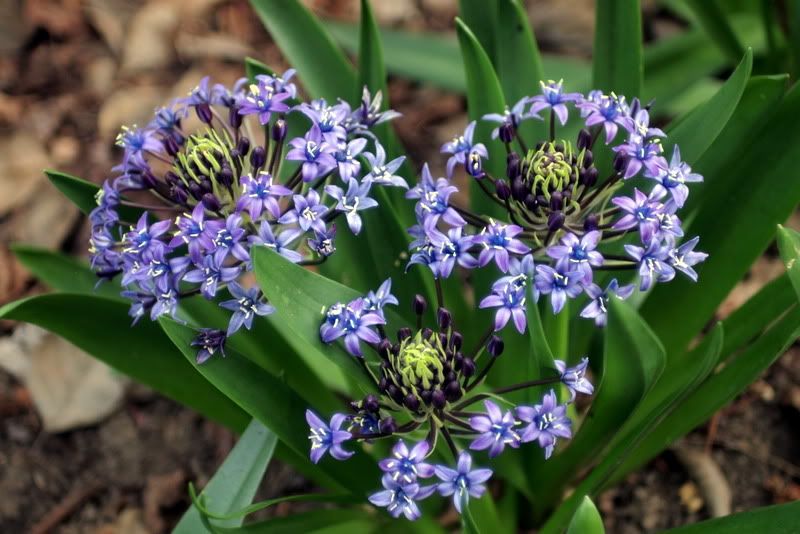This fantastic architecture must have an equally fantastic pollinator, yes? The Giant Fork-Tongued Moth maybe?
Well, let’s leave out mythical insects. What’s left would be the usual garden-variety pollinators, and possibly just ants.

Just ants? Don’t let E. O. Wilson catch you making that offhand remark. Someone left his book The Naturalist on the dining room table yesterday, a book I never finished but mean to eventually. That category makes a very tall stack near my bed. You can hear a brief interview here, where he “characterizes the mutualistic symbiosis between ant and fungus as ‘one of the most successful experiments in the evolution of life.'” Ants rarely play the role of pollinator, a curious fact given their abundance. The Wikipedia entry on the mega-colonies of the Argentine ant asserts that the “enormous extent of this population is paralleled only by human society.”
In the interests of science, I cordially invite Mr. Wilson to remove the entire colony of Argentine ants now living under our house and garden to study far, far away. And then report back his insights in another wonderful book.
Back to the squills, Scilla peruviana, Giant Squill, Peruvian Lily, etc. All is not as it appears there either. Apparently, the ship bringing the bulbs from Spain was named PERU. Mr. Linnaeus in 1753 mistakenly named the bulbs for the ship and not country of origin. As often as botanical nomenclature shifts around, whereupon cimicifuga must now be known as actaea, apparently one doesn’t tinker with Mr. Linnaeus’ handiwork unless it’s for reclassification purposes, and not merely mistaking ship for country.
Scilla peruviana, from the Mediterranean (Spain) is lovely with the green-flowering hellebores, so I’ve been transplanting hellebore seedlings among the bulbs. Most references on the bulb allude to its sporadic blooming habits, taking the occasional year off. These bulbs were planted last fall, and this is their first year in my garden. Zoned 8 to 10.
